
Why does valgus occur and is it always the enemy?
At PEAK, the most common times we see knee valgus are either when someone is new to squatting under load or squatting at maximal effort. Although knee valgus has been shown to be associated with higher incidences of knee injuries, knee valgus isn’t always the bad guy. Knee valgus often occurs during maximal efforts such as a squat one rep max. Knee valgus occurs in this situation to improve the glutes mechanical advantage. When knee valgus happens during landing in a sport, it allows for the utilisation of the passive structures in the knee such as the MCL and ACL to assist with absorbing the load. Despite these advantages of valgus, it is still a position of “maximal effort”, i.e. it is the last resort to handling high loads through the knee. When the load is too high for what the structural tissue can counter, valgus becomes dangerous. The closer you get to tissue failure, the smaller the margin for error becomes. Thus, it is important for you to ensure you address the correct areas to keep you in a strong and safe position.
Why are my knees moving into valgus when I squat?
There are a number of reasons valgus occurs while squatting. These include reduced hip and ankle mobility, poor neuromuscular control, or to obtain greater mechanical advantage due to a strength deficit in the glutes or adductors. During your squat, if the hips or ankles are restricted, the knees will undergo valgus to achieve full depth. If you are new to squatting, especially under load, your body is unlikely to have finely tuned your neuromuscular system to control your knee through the squatting movement pattern. When the load is high or there is a weakness in your lower limb musculature, your body is going to adopt the most mechanically advantageous position to move the load. This weakness often can be found in the glutes or adductors. Stay tuned for part two, where we will discuss in detail the role of the glutes and adductors in your squat and how you can target these in your training.
Due to a large number of causative factors, it is important to see a health professional trained in movement screening and physical assessment so you can accurately identify what it is specifically that you need to work on. If you have any questions, give us a call on (07) 3399 3318.
Chez Freeman
Physiotherapist and Coach
PEAK
Let's get started — How can we help?
Physiotherapy
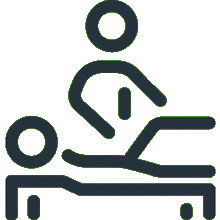
Chiropractic
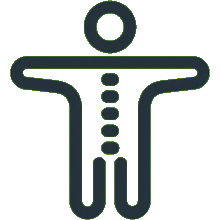
Podiatry
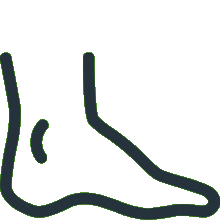
Massage Therapy
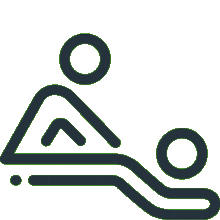
Women's Health Physiotherapy

Running Program Tailored To Your Goals
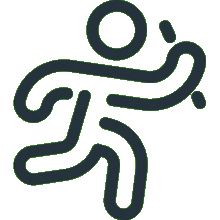
Joint Mobilisation
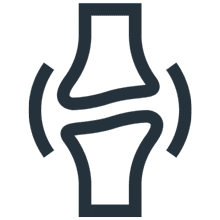
Active Release Technique
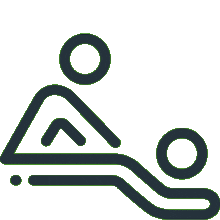
Exercise Prescription
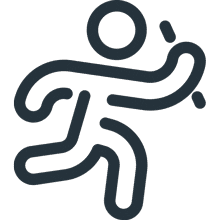
Real Time Ultrasound Imaging

Spinal Manipulation
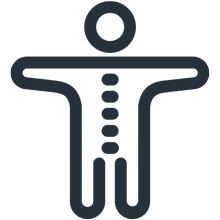
Functional Movement Screen
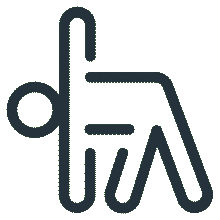
Knee Pain Treatment

Hamstring Strain Treatment
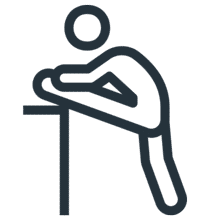
Hip Pain Treatment

Upper, Middle & Lower Back Pain

Neck Pain Treatment

Shoulder Pain & Rotator Cuff Tear

Can't find what you're after?
View all ServicesOr email the PEAK team at info@peakssc.com.au
Hawthorne
- Phone: (07) 3399 3318
- Fax: (07) 3319 6577
Address
5/171 Riding Road,Hawthorne, QLD, 4171 Get Directions
Opening Hours -
6 days per week
- Monday - Friday: 7:00 am - 8:00 pm
- Saturday: 7:00 am - 1:00 pm
To make a booking outside of business hours, please use our form by clicking here.
New Farm
- Phone: (07) 3399 4668
- Fax: (07) 3319 6577
Address
1/15 Lamington Street,New Farm, QLD, 4005 Get Directions
Opening Hours -
6 days per week
- Monday: 7:00 am - 8:00 pm
- Tuesday: 7:00 am - 8:00 pm
- Wednesday: 9:00 am - 8:00 pm
- Thursday: 10:00 am - 8:00 pm
- Friday: 7:00 am - 3:00 pm
- Saturday: 7:00 am - 3:00 pm
To make a booking outside of business hours, please use our form by clicking here.
